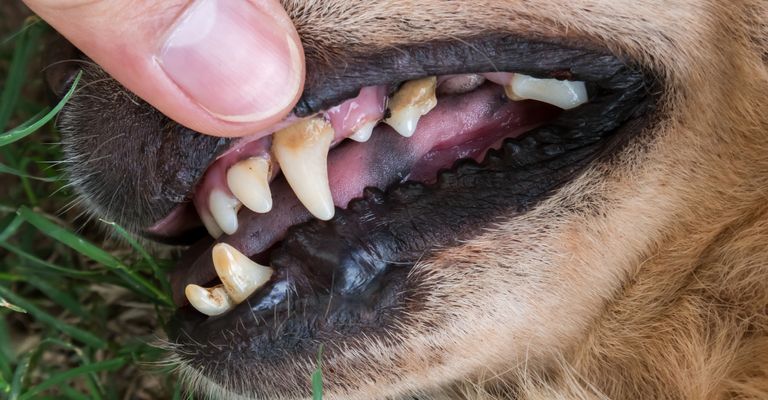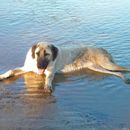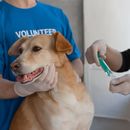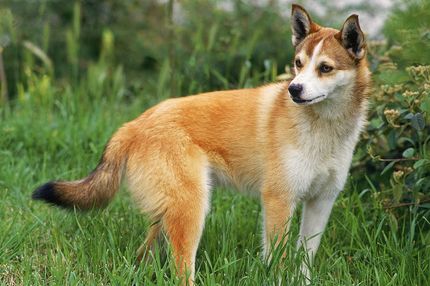Tartar in dogs is a common problem that not only affects the pet's well-being, but can also lead to more serious health problems. This blog post explains in detail what tartar is, why its removal is important, when and how this process should be done, as well as the costs and risks involved.
What is tartar?
Tartar, also known as dental tartar, forms when plaque mineralizes on a dog's teeth. It consists mainly of bacteria and can lead to gum inflammation and dental disease.
Why is it important to remove tartar?
Tartar removal is crucial to prevent oral health problems such as gingivitis, tooth loss and systemic diseases that can be caused by oral bacteria. A healthy mouth contributes significantly to a dog's overall well-being.
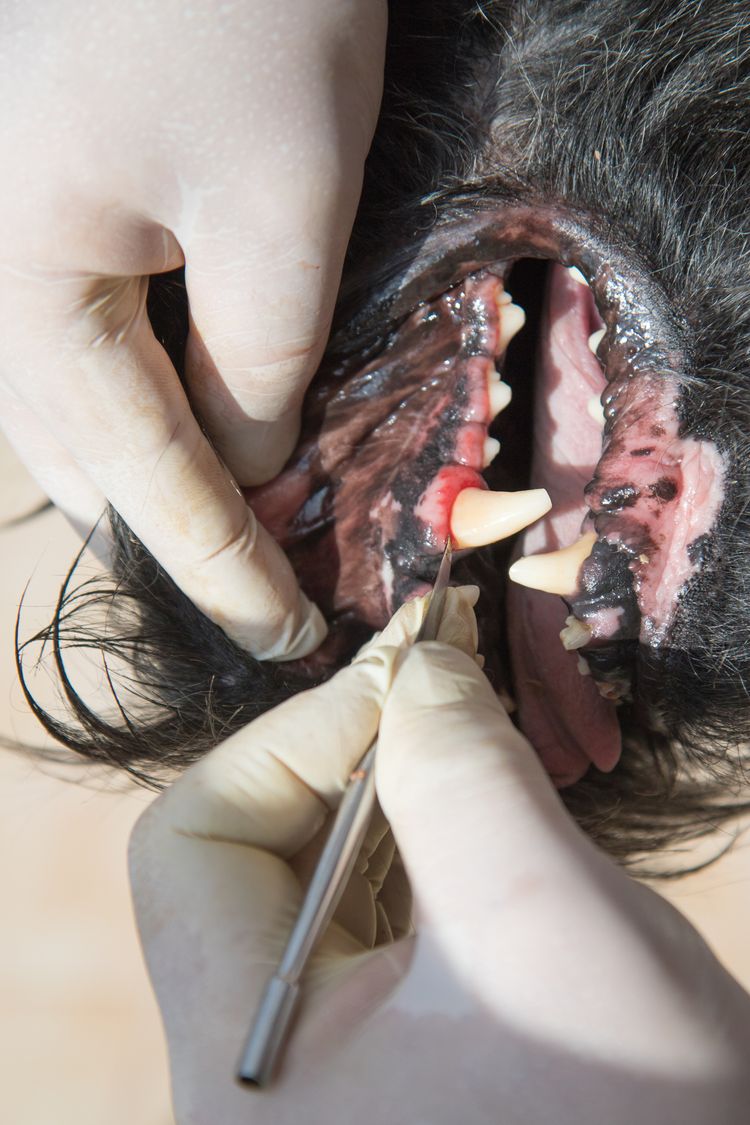
When should tartar be removed?
Tartar should be removed as soon as it is detected by the veterinarian during a routine examination. The frequency of removal depends on several factors, including the dog's breed, diet and general oral hygiene.
How is tartar removed?
Tartar removal is usually performed under anesthesia to ensure a thorough cleaning and minimize stress for the pet. The process involves removing tartar above and below the gum line and polishing the teeth to delay the build-up of plaque.
Risks of tartar removal
Although scaling is considered safe, it does involve some risks, particularly related to anesthesia and the dog's individual reaction to it. Rare complications can include bleeding, infection or reactions to the anesthesia.
Cost of scaling
The cost of scaling in dogs can vary greatly and depends on several factors. These costs are not only a matter of veterinary fees, but also a reflection of the health of the dog, the location of the veterinary clinic and the extent of the treatment required.
Factors that influence costs:
Location of the veterinary clinic: the geographical location of the veterinary clinic plays a significant role in pricing. In urban areas, where the cost of living is higher, the cost of veterinary services also tends to be higher. In contrast, in rural areas or smaller towns, prices may be less expensive.
Condition of the dog: The health condition and age of the dog can also affect the cost. A dog with advanced tartar or existing oral health problems may require more intensive and therefore more expensive treatment. Young dogs or those with only mild tartar, on the other hand, may require less costly procedures.
Extent of treatment: The extent of treatment is closely related to the condition of the dog. A simple teeth cleaning, where only superficial tartar is removed, is usually less expensive than a more extensive procedure, which includes the removal of tartar from under the gums and possibly the extraction of diseased teeth.
Anesthesia and aftercare: As scaling is usually performed under general anesthesia, the cost of anesthesia and monitoring during the procedure must be taken into account. In addition, there may be costs for follow-up examinations and medication, especially if complications occur.
Average cost range:
Based on these factors, the cost of dental scaling in dogs can range from €100 to €400. However, this is only an average and can vary depending on the factors mentioned above. It is important that dog owners get multiple quotes and compare prices and services from different vets to get the best care for their dog at a fair price.
Regular dental scaling is an essential part of preventative health care for dogs. Not only does it help to maintain oral health, but it can also help to prevent more serious health problems.
